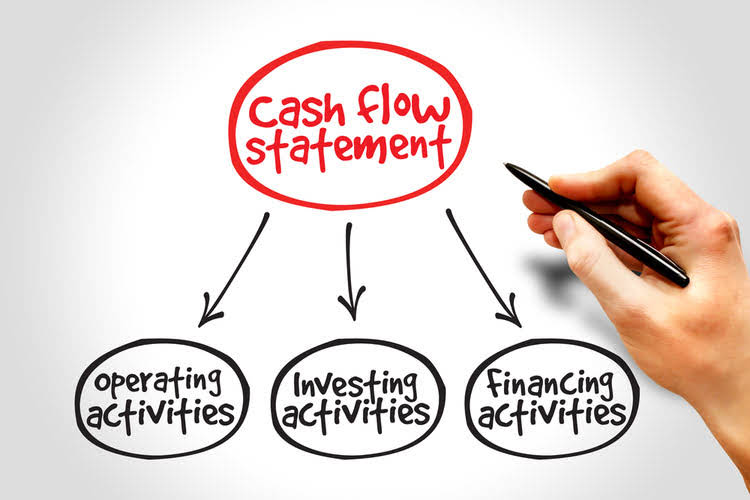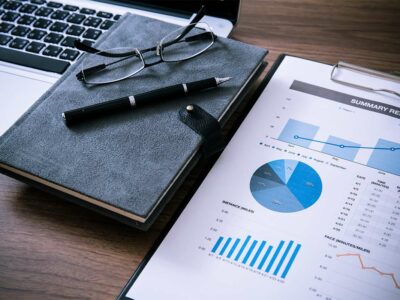
These aren’t the obvious line items on your balance sheet, but sneaky, behind-the-scenes inefficiencies that can slowly corrode your bottom line. Note “Business in Action 2.3.1” details the materials, labor, and manufacturing overhead at a company that has been producing boats since 1968. Table 2.3.1 provides several examples of manufacturing costs at Custom Furniture Company by category.

According to Behavior in Accordance with Activity

Then, add up the cost of new inventory — this is the cost of raw materials you purchase to manufacture the product. Next, calculate the value of the existing inventory if the manufacturing company already has a stock of materials from a previous period. In today’s manufacturing environment, when orders are filled in hours and days rather than weeks and months, it is critical for any enterprise to stay on top of these costs at all times. For adjusting entries over twenty-five years their time-tested technology has been giving businesses the edge over their competition. This account is a non-operating or “other” expense for the cost of borrowed money or other credit.
Example #4: Indirect manufacturing costs (factory overheads)
Start by making a list of all the direct materials that are used to make the specific product and obtain the cost information for the direct materials you have identified. To calculate the cost of direct materials you need to know the cost non manufacturing cost of inventory. According to McKinsey’s research, cutting down manufacturing costs, in addition to boosting productivity, is the key for manufacturing companies to remain competitive. Usually financial statements refer to the balance sheet, income statement, statement of cash flows, statement of retained earnings, and statement of stockholders’ equity.
Managing Non-Production Overhead Costs
- While they do not directly contribute to the production process, they are crucial for maintaining a company’s infrastructure and facilitating growth.
- A non-conformance report is an official document organisations use to identify, document, and address deviations from standards, processes, or specifications you’ve established.
- The issues add up as this problem can endanger end-users or workers on-site.
- Manufacturing costs are also known as factory costs or production costs.
- Otherwise, they can do more harm and bring regulatory penalties or reputational damage.
Cost of goods sold is usually the largest expense on the income statement of a company selling products or goods. Cost of Goods Sold is a general ledger account under the perpetual inventory system. Insurance Expense, Wages Expense, Advertising Expense, Interest Expense are expenses matched with the period of time in the heading of the income statement.

Manufacturing cost is the core cost categorization for a manufacturing entity. It encompasses the costs that must be incurred so as to produce marketable inventory. Entities may manufacture several types of products and the sum total of all the costs involved in producing those products is termed as manufacturing cost. Manufacturing costs are recorded as assets (or inventory) in the company’s balance sheet until the finished goods are sold.

- By looking at the historic data on employee timesheets and purchasing costs, the firm was able to understand the areas that were increasing the total manufacturing costs.
- To calculate the cost of direct materials you need to know the cost of inventory.
- Direct materials are raw materials that become an integral part of the finished goods.
- The disruption of global supply chains we experienced back in 2020 (5 years ago already!?) exposed manufacturers to unexpected vulnerabilities.
- These costs encompass various administrative, selling, and distribution expenses that support the overall operations of a company.
- “When a manufacturer begins the production process, the costs incurred to create the products are initially recorded as assets in the form of WIP inventory.
In summary, understanding service cost components requires a holistic view. It’s not just about dollars and cents; it’s about optimizing resources, ensuring quality, and meeting client needs. By analyzing these components, service providers can make informed decisions and enhance their overall performance. Direct materials – cost of items that form an integral part of Certified Bookkeeper the finished product.